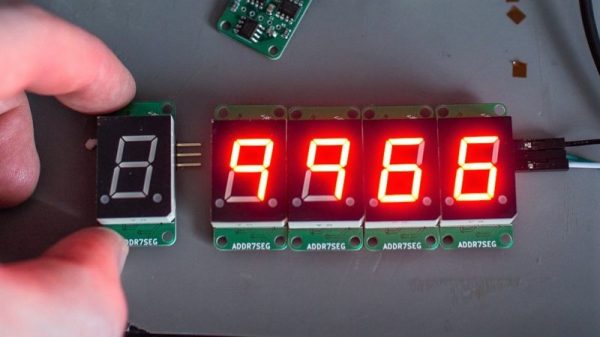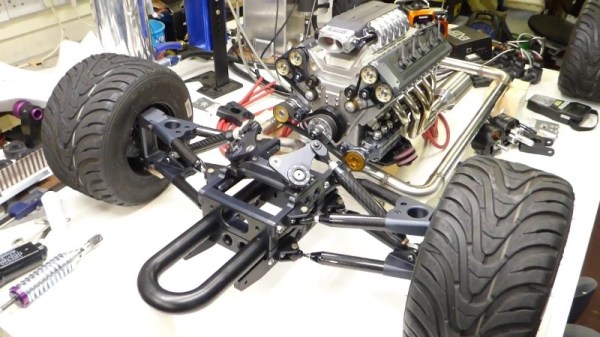Watchdog timers are an often overlooked feature of microcontrollers. They function as failsafes to reset the device in case of a software failure. If your code somehow ends up in an infinite loop, the watchdog will trigger. This is a necessity for safety critical devices. If the firmware in a pacemaker or a aircraft’s avionics system gets stuck, it isn’t going to end well.
In this oldie-but-goodie, [Jack Ganssle] provides us with a great write up on watchdog timers. This tells the story of a failed Clementine spacecraft mission that could have been saved by a watchdog, and elaborates on the design and implementation of watchdog techniques.
If you’re designing a device that needs to be able to handle unexpected failures, this article is definitely worth a read. [Jack] explains a lot of traps of using these devices, including why internal watchdogs can’t always be trusted and what features make for a great watchdog.
Thanks to [Jan] for the tip!

















